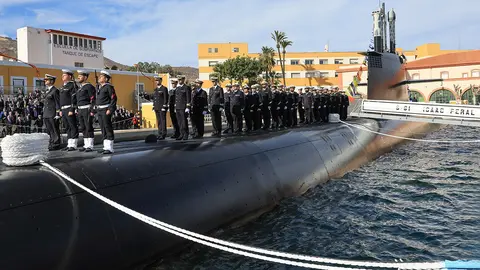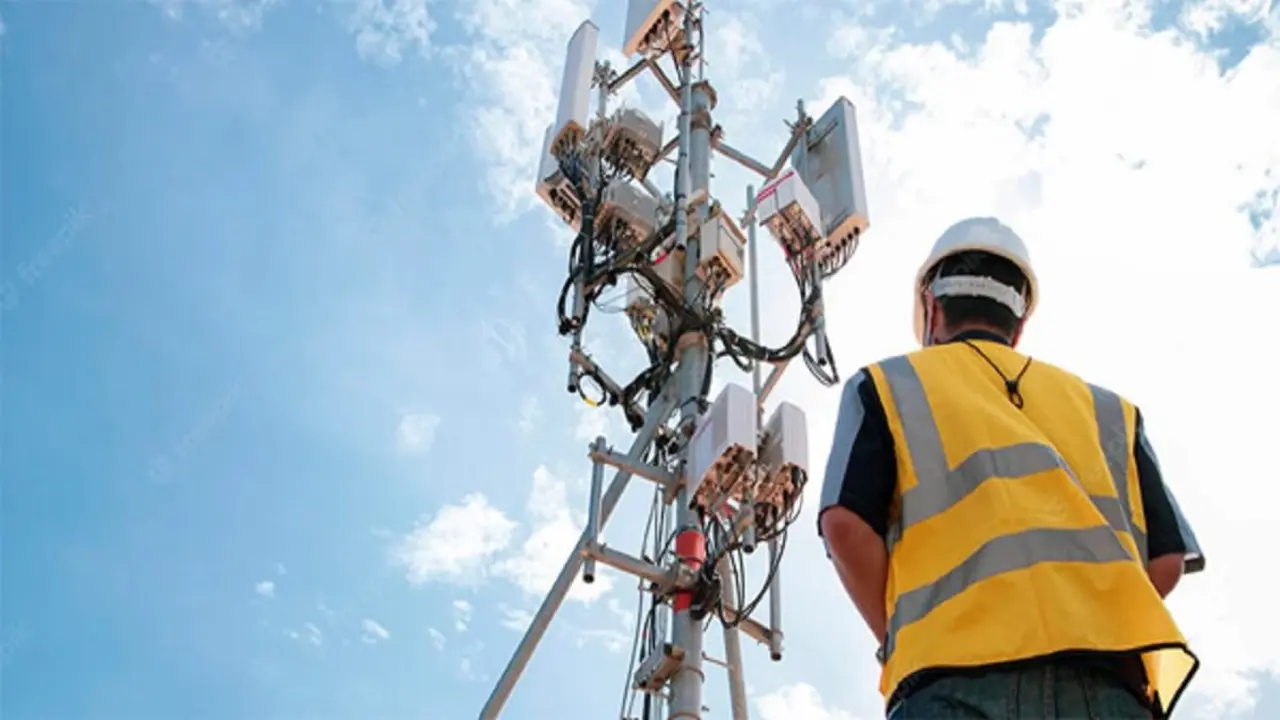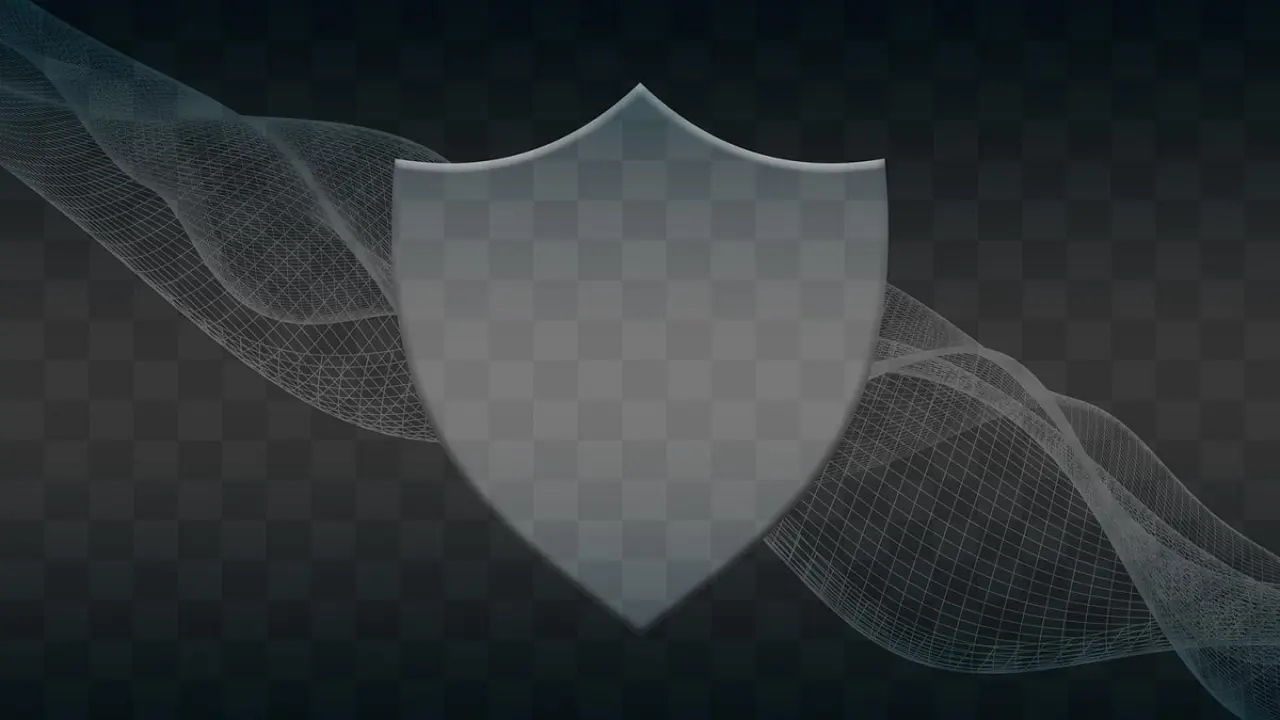In the bowels of the S-81, the new generation Spanish submarine
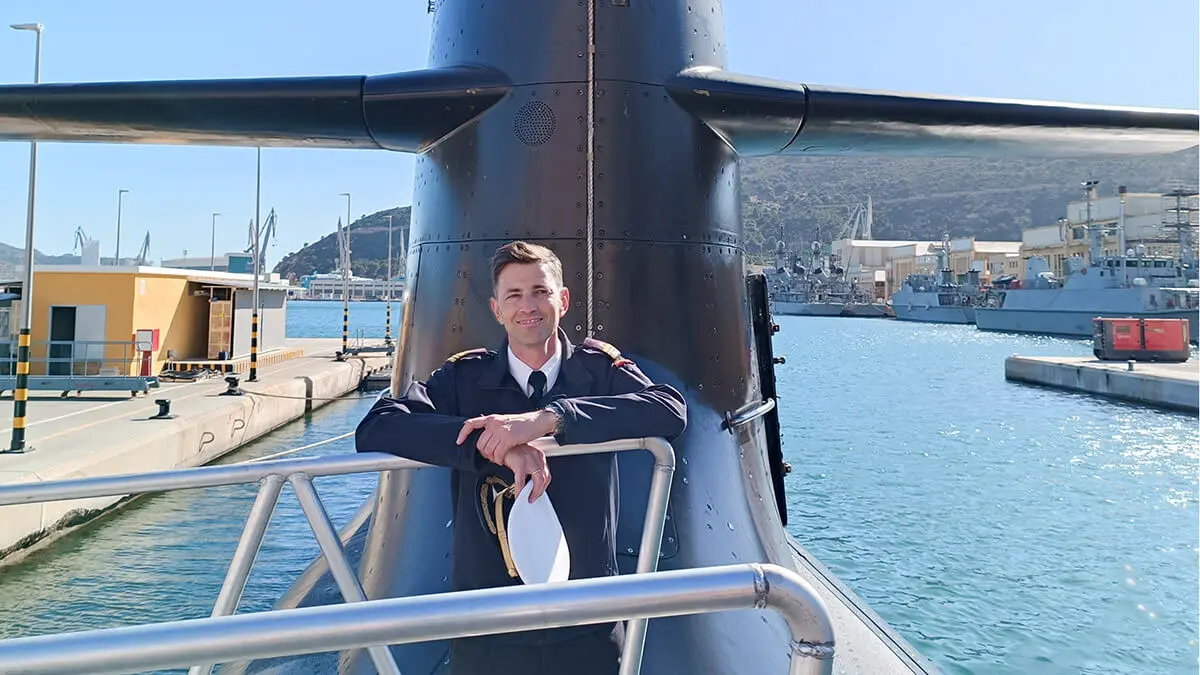
The S-81 ‘Isaac Peral’ is the most advanced, best armed, most automated, most discreet, largest... and also the most expensive submersible weapon system in the Spanish Navy's submarine fleet.
The head of the S-80 class, it represents a technological leap of such magnitude that it has become the jewel of the national Submarine Force - which on 17 February commemorates the 110th anniversary of its creation - and on which rest the expectations of shaping a powerful instrument for the next decade that will contribute decisively to the strategic deterrence of Spain's potential enemies.
The commander of the S-81 is Lieutenant Commander Manuel Corral, who in March 2021 assumed responsibility for the keel laying of the submarine, when the sophisticated war machine was still in the construction phase at the Navantia shipyard in Cartagena, a town in the region of Murcia where it also has its main base. It is there that Corral shows the innards of his steel creature, but without revealing the technological secrets it holds, of which there are many, to those who get authorisation to go on board.
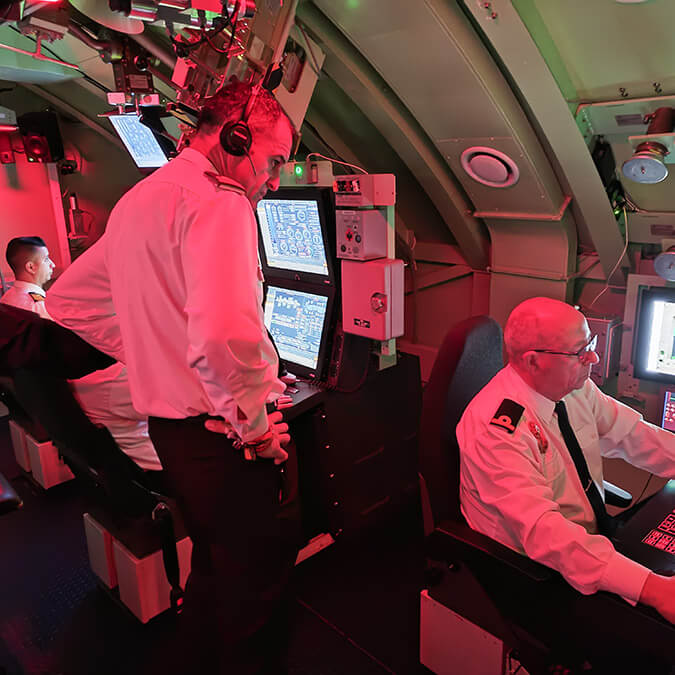
The next few weeks will be decisive for the S-81. The activities to be directed by Lieutenant Commander Corral are part of the process of making his submarine fully combat-ready. In command of the submersible since it was received by the Navy on 30 November 2023, the commander of the Isaac Peral submarine explains that the next challenge is ‘the first national exercises for the Isaac Peral, which will serve to prepare for its operational qualification, which is scheduled for the second quarter’.
The commander and his crew have to demonstrate that they have achieved human integration with the machine and that, therefore, they ‘know how to make the submarine do what we want it to do’. For example, mining operations, photographics surveys, covert intelligence, surveillance, anti-submarine warfare and anti-surface ship warfare and special operations,’ explains the head of the Submarine Flotilla General Staff, Commander Ricardo Poblaciones.
The Isaac Peral submarine is scheduled to fire its first DM2A4 model torpedo with a warhead - fibre-optic guided and with built-in sonar - at a target at sea, a naval exercise that is expected to take place in the south of the Canary Islands. If this is confirmed, the S-81 will have to undertake ‘the longest voyage since the submarine was added to the list of Navy vessels’, says the submarine's captain.
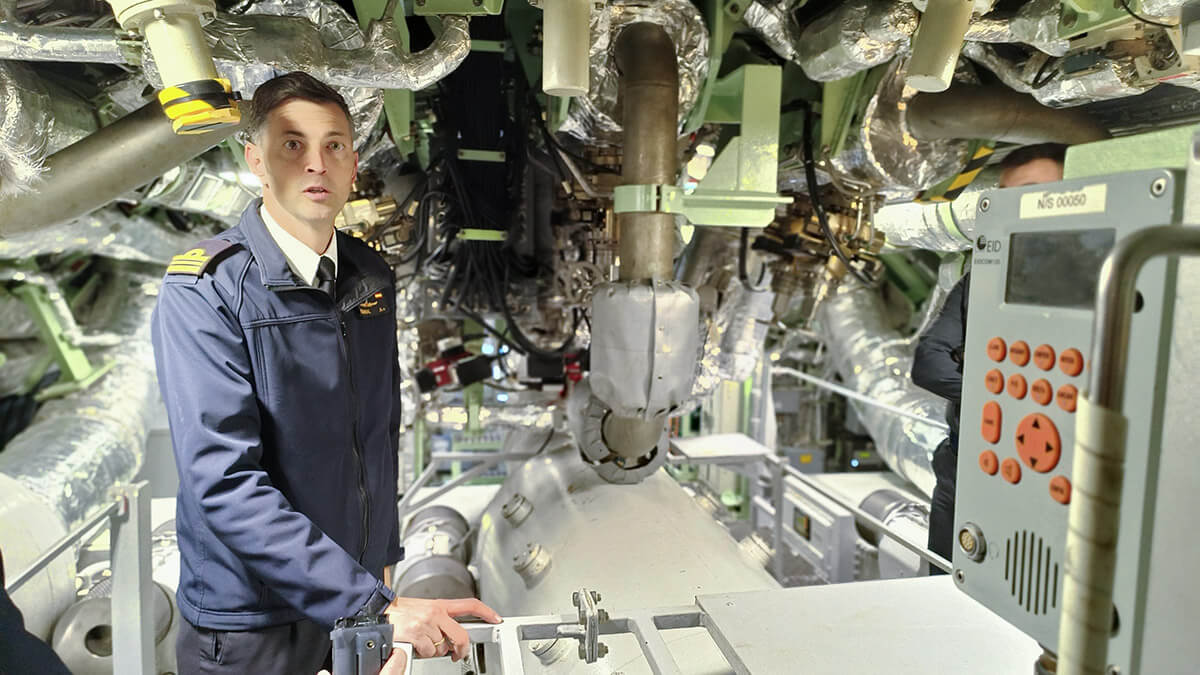
Crossing the Atlantic
Since last November, the S-81 has been in a one-year warranty period. It has already passed the operational evaluation ‘and well’, which means that the Construction Inspection of the Navy's Logistics Support Headquarters and the Combat Evalutaion Center (CEVACO) have verified that the submarine meets the established requirements, says Commander Poblaciones. In recent months it has been proven that it has ‘the capacity to fire torpedoes, that it can remain underwater for as long as we want it to and that it can reach the speeds we want it to’.
With a surface displacement of 2,695 tonnes and a submerged displacement of 2,965 tonnes, the S-81‘s submerged navigation range ’is greater than 30 days‘ but, contrary to what one might think, ’is not limited by the more than 100,000 litres of fuel that its tanks can hold', explains Lieutenant Junior Grade Corral. ‘At sea we are limited by the amount of provisions we can take on board and by the physical and mental endurance of the crew,‘ he explains.
‘We compensate for the space limitations and the restrictions that we submariners suffer with camaraderie, a spirit of sacrifice and vocation.’ So, is the S-81 capable of crossing the Atlantic Ocean? I ask him. Lieutenant Commander Corral springs back to his feet. ‘Yes, yes, of course we can.’ And he clarifies: ‘We haven't done it yet, but the crossing is planned for the not too distant future.’ He is convinced that the Isaac Peral ‘will open the door to being the first Spanish submarine to cross the Atlantic in submersion.’

Corral points out that submarines have ‘a third dimension that surface ships do not have’. In submarine mode ‘we can vary the course, change direction horizontally and change depth, that is, go up and down’. The S-81 achieves the latter with large horizontal planes positioned on the sail - the vertical structure that protrudes from the hull - and with the stern rudders that are underwater’.
The sail houses the different masts and periscopes, which are ‘the elements that allow us to be in contact with the outside when the submarine is submerged, but close to the surface’. The periscopes allow us to see and observe with digital optronic cameras, while the masts, which rise up out of the vessel, ‘absorb air to charge the batteries, carry electronic warfare sensors or communications antennas with land or satellite communications that radiate at specific times’.
Measuring 80.81 metres in length, the structure of the S-81 is built with five sections numbered from stern to bow. One is the habitable area, where there are cabins with bunk beds for the 43 men and women, the tiny kitchen, the three showers, the two toilets and the small rooms for everything. Others are the torpedo room; the engine room, the command and control room, which is just below the sail and where the attack periscope physically penetrates the hull; another is the one that will house the AIP, the air-independent propulsion system based on hydrogen technology that will extend its autonomy to about three weeks.
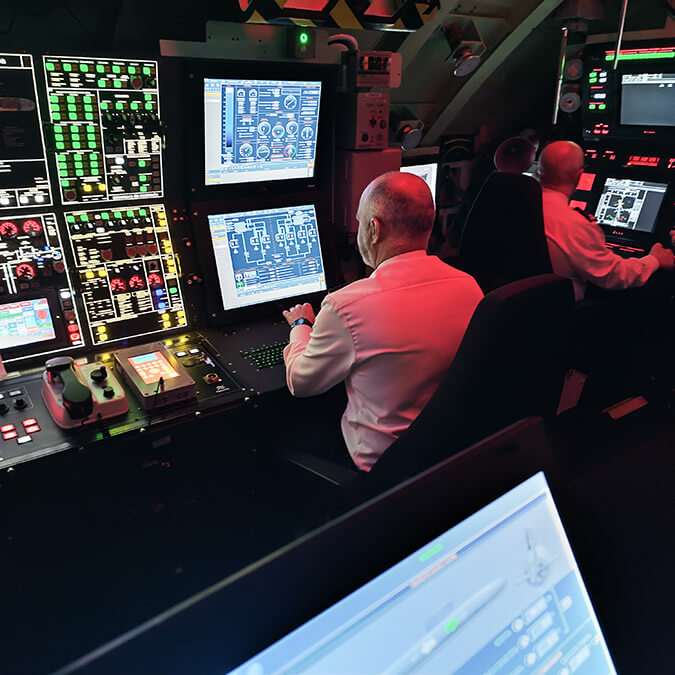
Torpedo tubes with male and female names
The brain of the submarine, the command and control chamber, is divided into two distinct parts, explains the second in command of the S-81, Lieutenant Antonio Simón. A select team of four specialists take turns on watch in front of consoles and multifunction monitors that ‘supervise all the complex and redundant systems and equipment on the platform, safety during immersion and the safety of the batteries and, of course, propulsion. A fifth man, the helmsman, controls the inclination of the ship, modifies the depth of immersion, changes course and carries out manoeuvres.
The other critical component of the command and control room is the combat system, which integrates the firing directions, the active and passive sensors, which manages the use of all the weaponry on board the ship, the performance of which is secret, as is the technology of the torpedo room. There, Staff Sergeant Pablo Movilla explains that up to a dozen torpedoes or missiles and 24 mines are stowed and stored, all of which are fired through six torpedo tubes positioned at the bow. The UGM-109 Tomahawk land-attack cruise missiles and the UGM-84 Sub-Harpoon anti-ship missiles are still pending acquisition.

Movilla says it is ‘the most beautiful part of the submarine’. The system is automated in such a way that the torpedoes or missiles can be loaded and fired remotely from the command and control room. He is proud to point out that each torpedo tube has a first name. ‘It is our commander's tribute to the officer, non-commissioned officers and sailors of the keel crew who took the boat to sea: Gero, Javi, Jorge, Paula, Pablo and Rubén’.
Sergeant María Aviar maintains that life on a submarine 'is a mixture of highs and lows'. On the plus side, she says that 'we are a community where camaraderie predominates'. On the downside, of course, ‘the confined space and the limited possibilities for contact with the outside world’ come to the fore. There is no access to WiFi, Instagram, Tik-Tok or social networks, and emails sent do not support photos or videos. However, any incidents that a family member on land may suffer are met with an immediate response from the family conciliation system that prevails on the base.
Captain Pedro Márquez has been in command of the submarine flotilla since the end of June 2023, supported by his General Staff and a training section. In the large, building-filled area next to the arsenal is the Submarine School, where the generic training of submariners, both officers, non-commissioned officers and ratings, is carried out. Specialised monographic courses are taught at the same centre and crews are regularly trained through simulator practice.
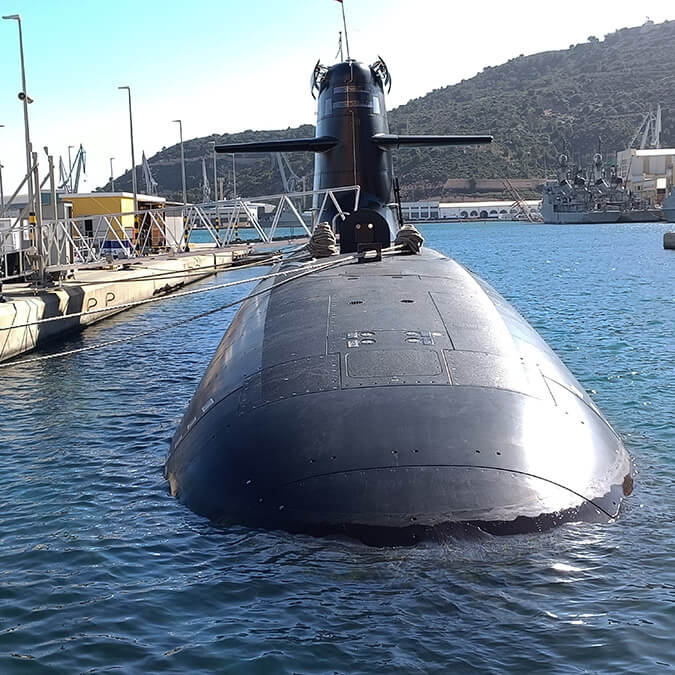
The S-82 Narciso Monturiol is scheduled to be delivered to the Navy in about 19 months' time, in September 2026. After passing the evaluation and certification phases, it is scheduled to enter the high-availability stage in the first half of 2027, coinciding with the decommissioning of the S-71 Galerna, launched in 1981, at the end of the last decade and refloated in 2021.
The Navy is expected to receive the third in the series, the S-83 Cosme García, in December 2028. It will be the first to be launched with the AIP incorporated. At the moment, it is expected to enter service at the end of 2029. The last in the series is, for the moment, the S-84 Mateo García de los Reyes, which Navantia will deliver to the Navy in January 2030 and which is expected to enter service at the beginning of 2031.


